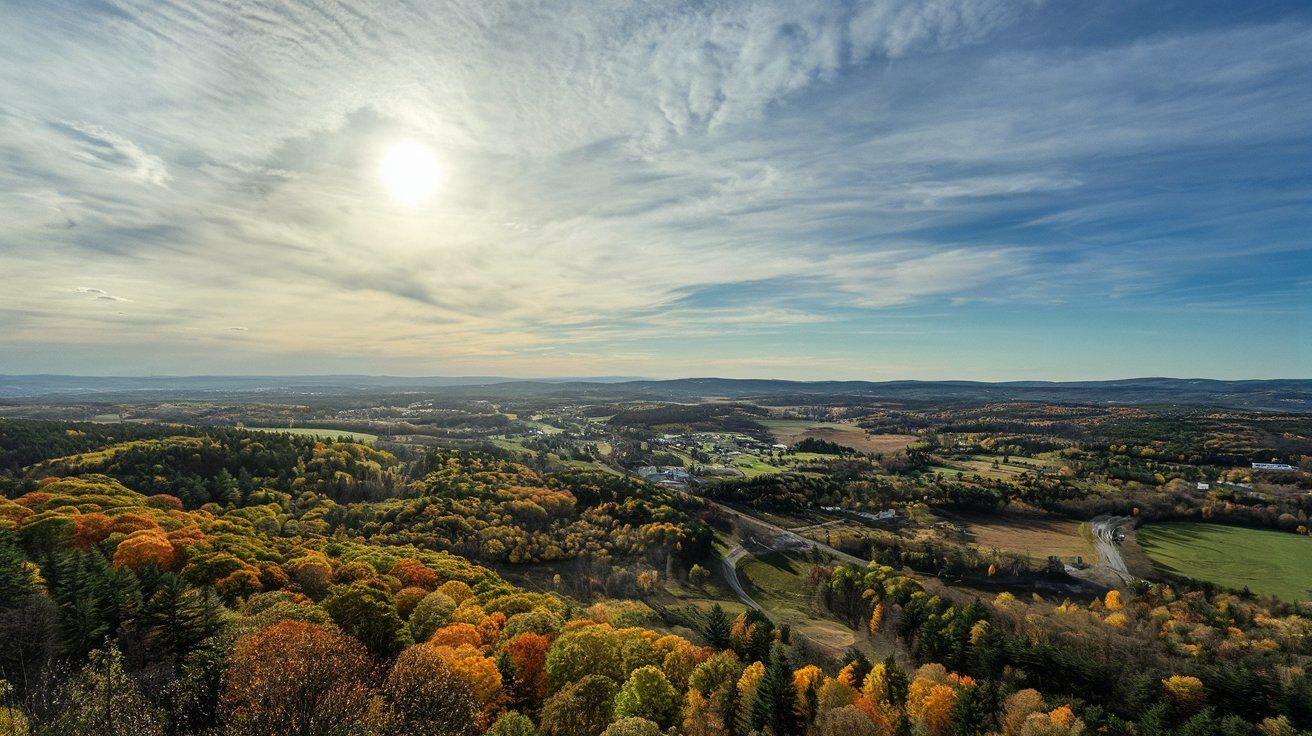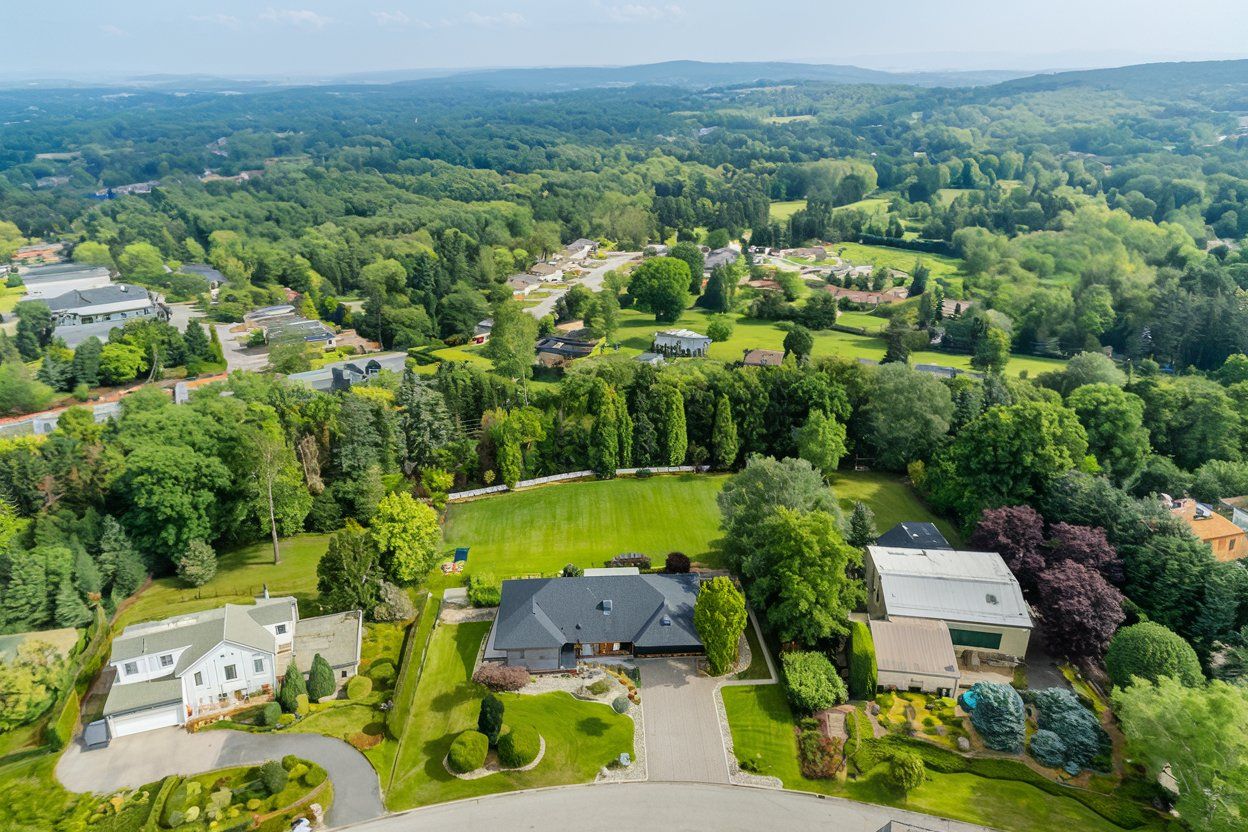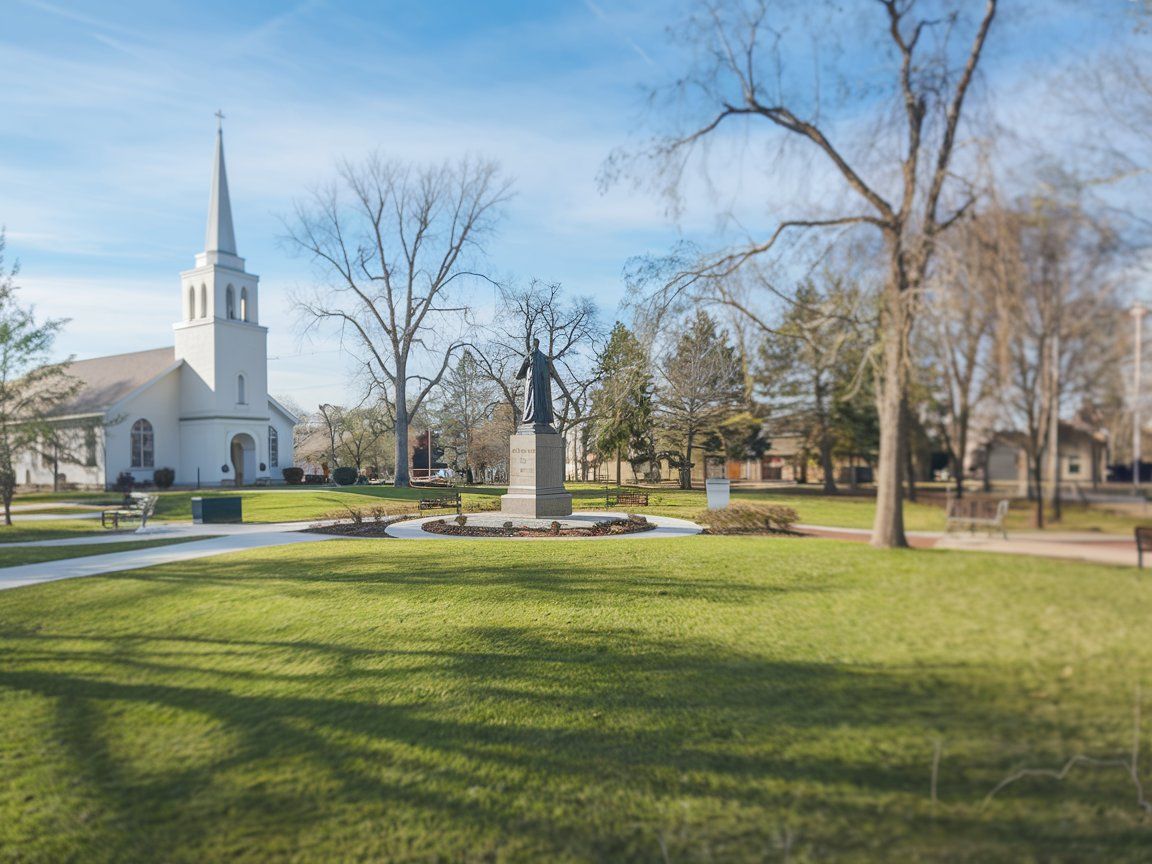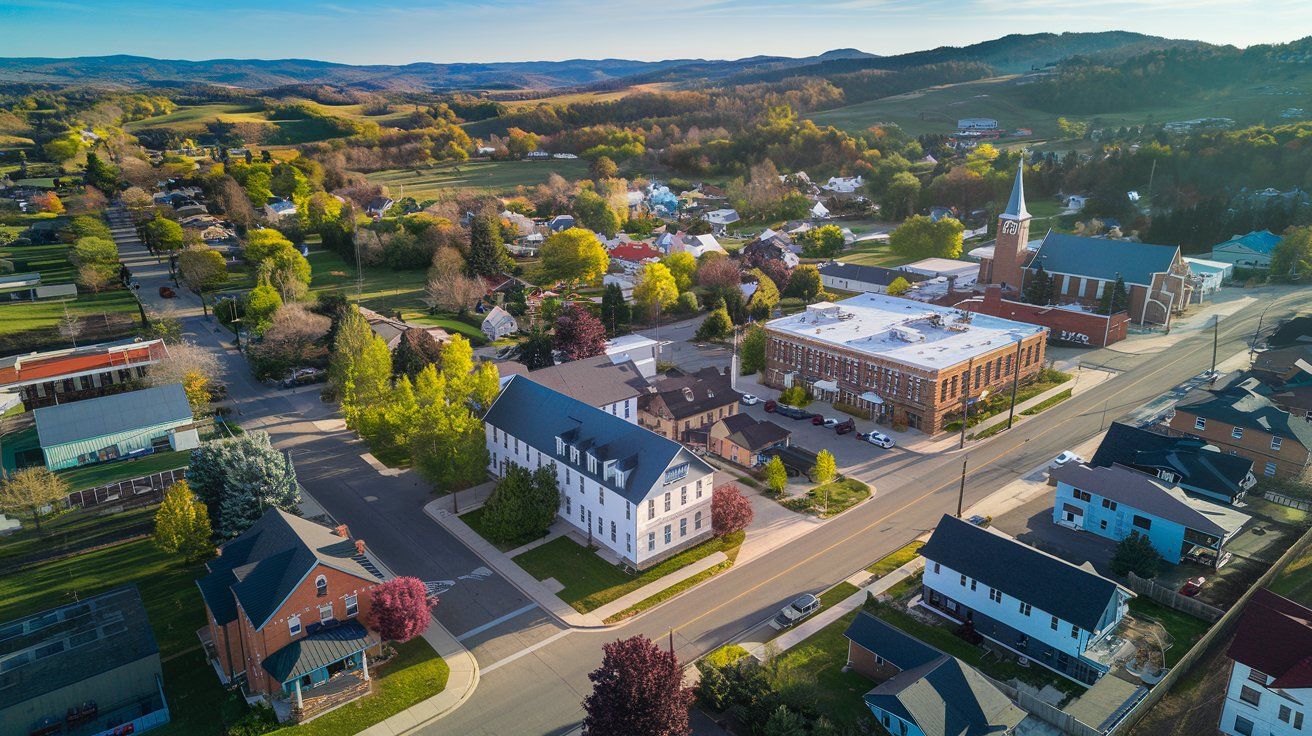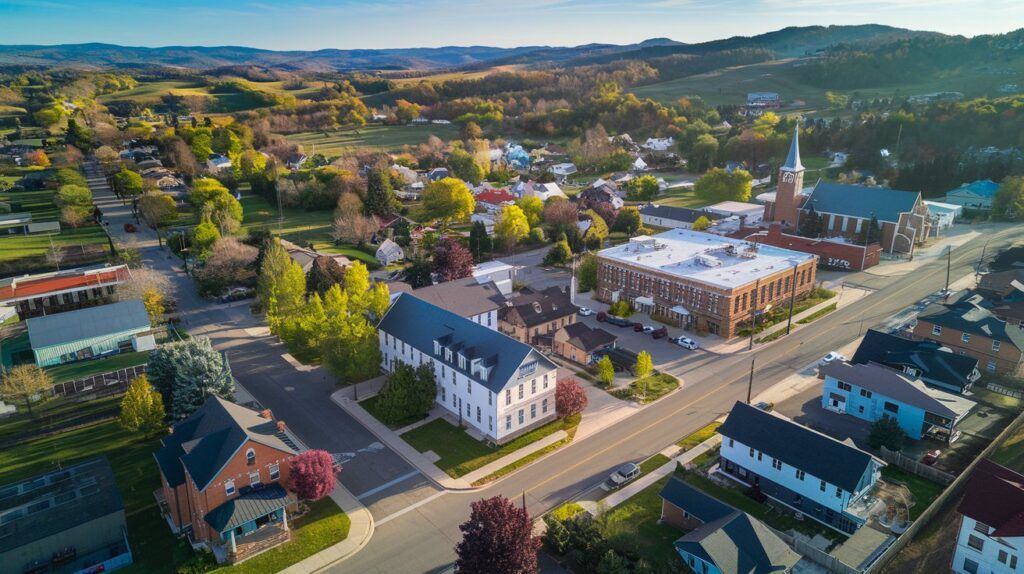
Bristol, Connecticut is a hidden gem waiting to be discovered. This charming city offers a perfect blend of history, adventure, and family-friendly attractions. You’ll find plenty to see and do in Bristol. From exploring America’s oldest continuously operating amusement park to enjoying outdoor activities in its beautiful parks.
Located in the heart of Connecticut, Bristol boasts a rich heritage and vibrant community spirit. You can immerse yourself in local culture at the New England Carousel Museum or take a stroll through the downtown area to admire its historic architecture.
Discover hand-picked hotels and vacation homes tailored for every traveler. Skip booking fees and secure your dream stay today with real-time availability!
Browse Accommodations Now
For thrill-seekers, Lake Compounce offers exhilarating rides and water attractions that will keep you entertained for hours. Nature lovers will appreciate Bristol’s green spaces, including Page Park and Rockwell Park, where you can hike, picnic, or simply relax. With its mix of small-town charm and exciting attractions, Bristol is an ideal destination for a memorable Connecticut getaway.
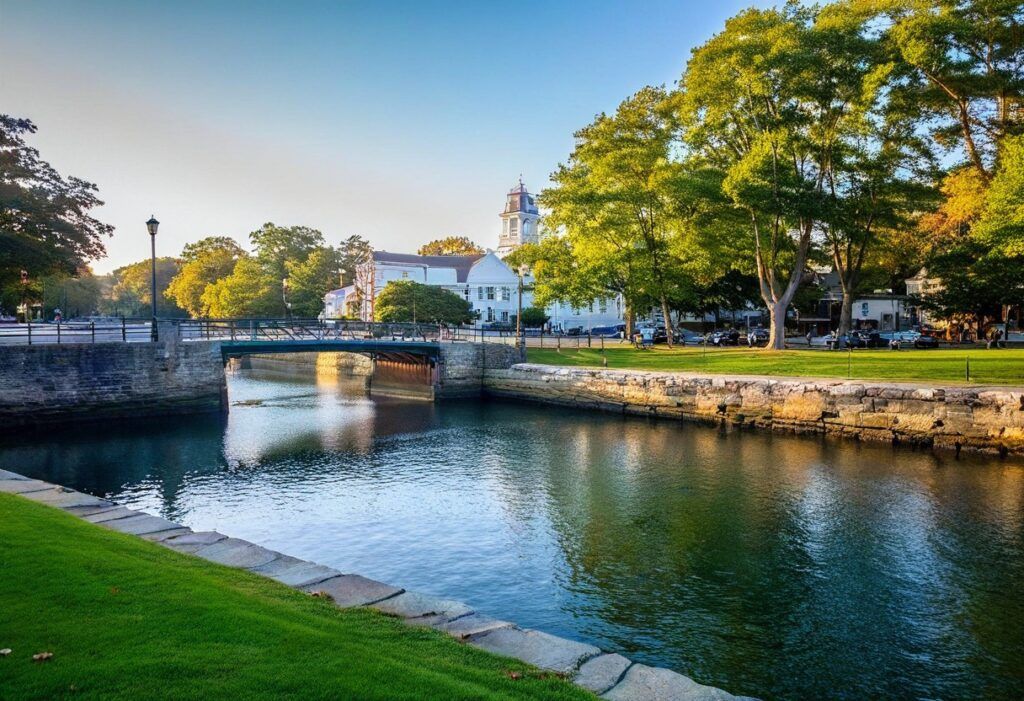
How to Get to Bristol
Bristol, Connecticut is easy to reach by various modes of transportation. You have several options to get to this charming city. By car, Bristol is accessible via major highways. Take I-84 and then Route 72 for a quick drive.
It’s about 22 minutes from Hartford, making it a convenient day trip. If you prefer public transport, buses run between Hartford and Bristol. This is an affordable option, costing only $3. For those flying in, the nearest major airport is Bradley International Airport. From there, you can rent a car or take a taxi to Bristol.
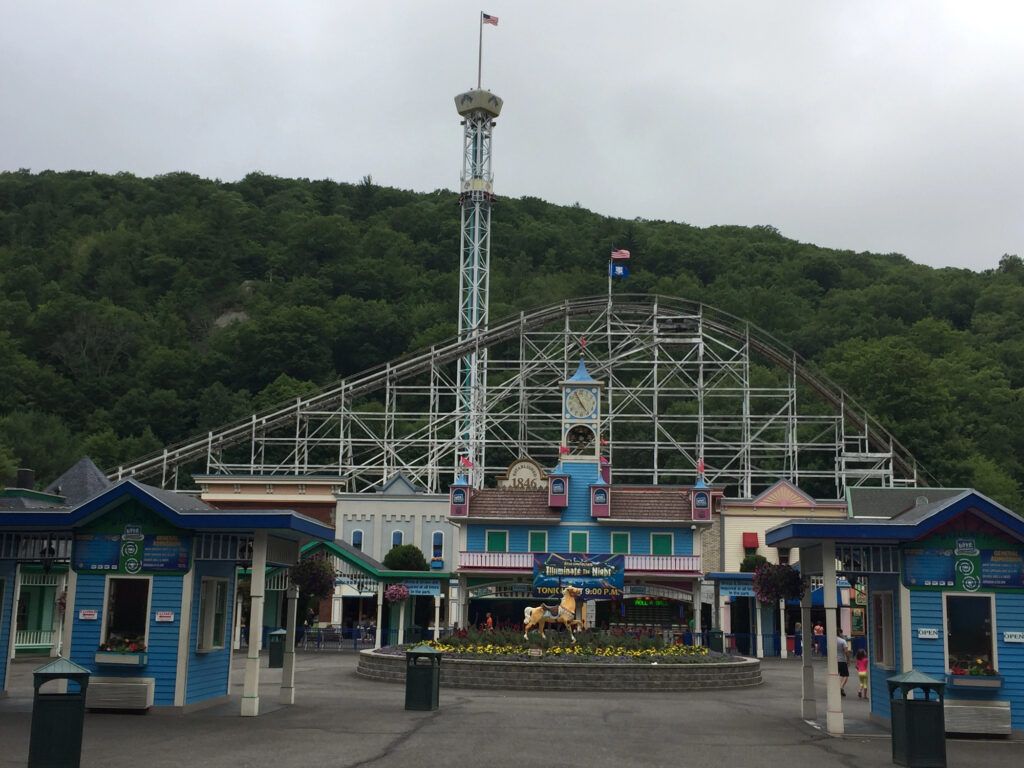
What to See in Bristol
Bristol, Connecticut offers a variety of attractions for visitors. Lake Compounce, the oldest continuously operating amusement park in North America, is a must-visit. You’ll find thrilling rides and family-friendly entertainment. For history buffs, the New England Carousel Museum showcases beautiful antique carousels. You can learn about the art and history of these magical machines.
Nature lovers will enjoy Rockwell Park. This scenic spot offers walking trails, a pond, and picnic areas. It’s perfect for a relaxing day outdoors. The Bristol Mum Festival is a highlight if you visit in September. This event celebrates chrysanthemums with parades, music, and food. Don’t miss the American Clock & Watch Museum. You’ll see an impressive collection of timepieces and learn about Bristol’s clockmaking history.
For a unique experience, check out the Witch’s Dungeon Classic Movie Museum. It features life-size replicas of famous movie monsters. Imagine Nation, an interactive museum for kids, offers hands-on learning experiences. It’s great for families with young children. Bristol’s downtown area is worth exploring too. You’ll find local shops, restaurants, and historic buildings. Remember to visit Page Park for more outdoor fun. It has a swimming pool, sports fields, and hiking trails.
Read our articles on the best things to do in Bristol, Connecticut and best restaurants in Bristol, Connecticut for even more ideas!
Where to Stay in Bristol
Read our article on hotels near Bristol, Connecticut for the best options for your stay. Here’s a short list of some options:
- DoubleTree by Hilton Hotel Bristol, Connecticut
- Holiday Inn Express Southington by IHG
- The Farmington Inn & Suites
- Days Inn by Wyndham Southington
If you’re looking to stay in a vacation home, apartment, BnB, or VRBO in Bristol, Connecticut, we recommend you search on VRBO, Hotels.com, and Booking.com for up-to-date options.
History of Bristol
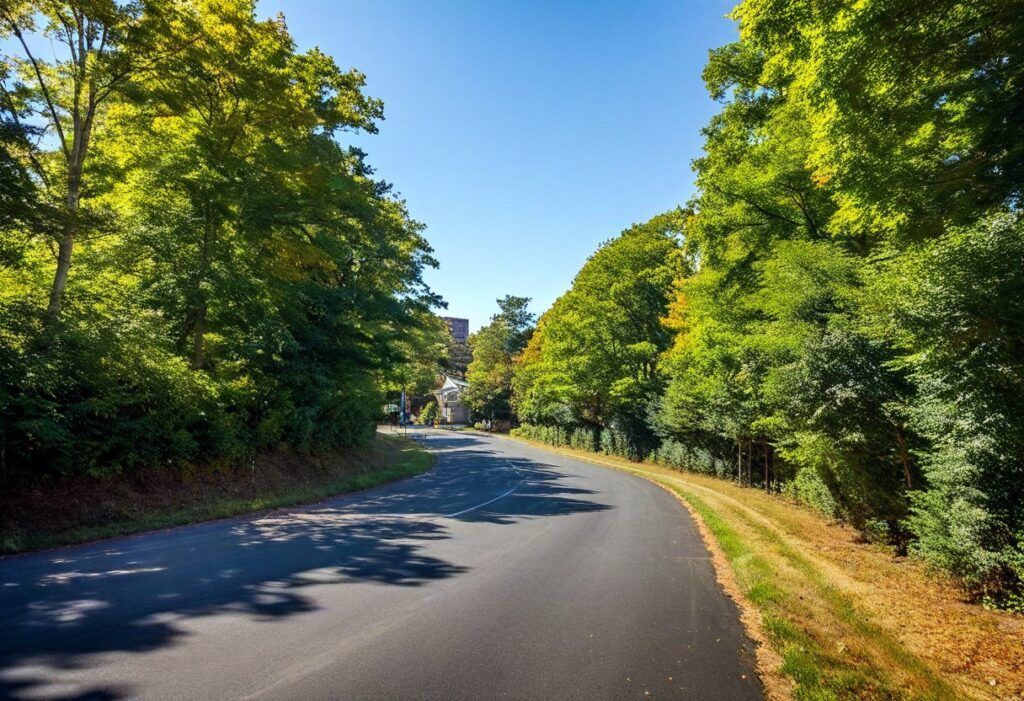
Bristol, Connecticut has a rich past that will captivate history buffs. The town was incorporated in 1785, evolving from an agricultural village called New Cambridge. Bristol’s legacy is deeply tied to clock-making. In the 19th century, the town became a hub for this craft, with innovators like Eli Terry leading the way. You can explore this heritage at the Bristol Historical Society Museum.
The town’s architecture reflects its industrial boom. You’ll find stunning examples on Memorial Boulevard, showcasing the wealth generated during Bristol’s manufacturing heyday. St. Stanislaus Church stands as a testament to the town’s diverse cultural heritage. Its beautiful design adds to Bristol’s architectural charm. American ingenuity shines through Bristol’s history. The town’s contributions to horology (the study of time) put it on the map as a center of innovation.
Today, Bristol blends its historical roots with modern appeal. You can stroll down streets lined with well-preserved buildings, imagining the bustle of its clock-making past while enjoying present-day attractions.
Towns Near Bristol
Bristol, Connecticut is surrounded by charming towns and cities worth exploring. Hartford, the state capital, is just 18 miles away. You’ll find world-class museums and vibrant cultural attractions there.
For a quaint New England experience, visit Terryville, only a short drive from Bristol. This historic village offers antique shops and scenic parks. New Haven, home to Yale University, is 38 miles south. You can enjoy its renowned pizza, browse art galleries, or stroll through the picturesque campus.
If you’re craving outdoor adventures, head to Woodstock, about 86 miles away. This area boasts beautiful hiking trails and serene lakes. For a coastal escape, Mystic is a 70-mile journey. You’ll love its maritime history, aquarium, and fresh seafood restaurants.
Find available hotels and vacation homes instantly. No fees, best rates guaranteed!
Check Availability Now


